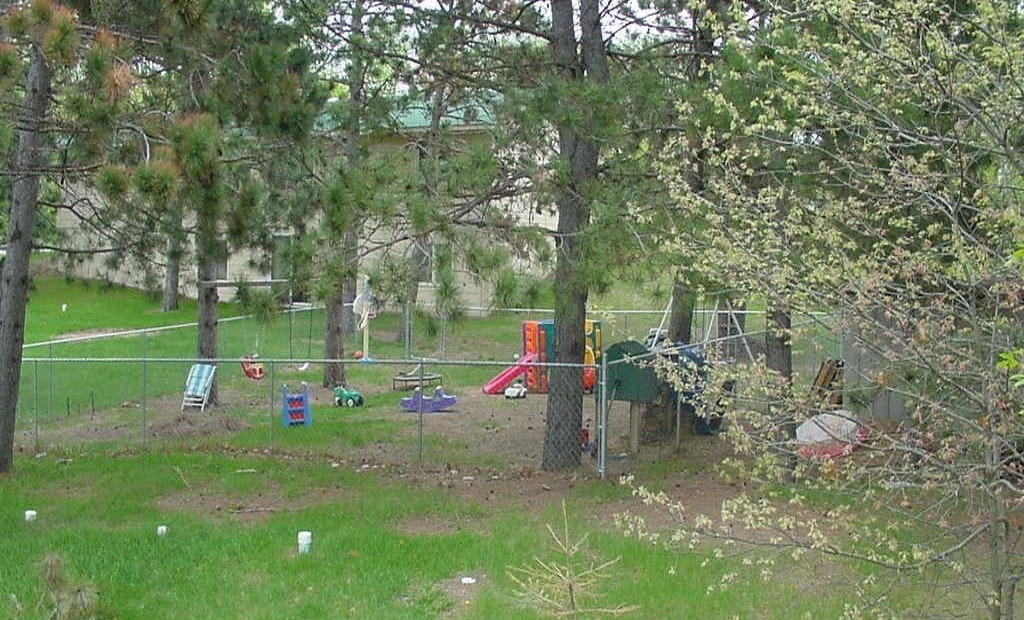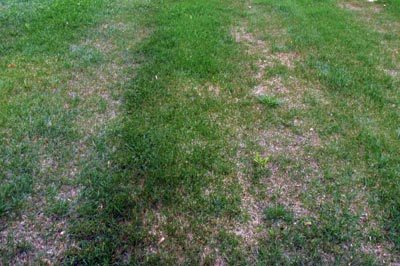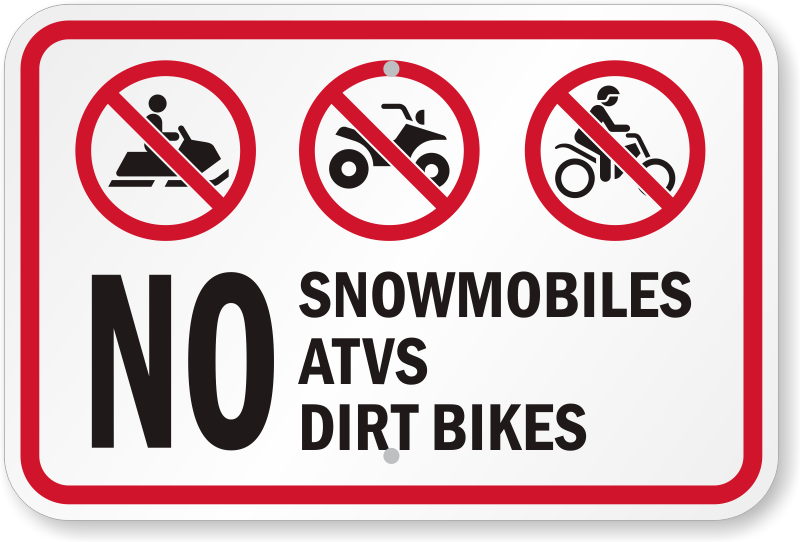
Putting a play area over a soil treatment system like this should be avoided to prevent compaction of the soil.
Interested in Systems/ATUs?
Get Systems/ATUs articles, news and videos right in your inbox! Sign up now.
Systems/ATUs + Get AlertsSoil compaction can bring serious consequences to septic system performance. Any soil treatment area (STA) — whether it is below grade with trenches, a bed or drip distribution, or above grade with an at-grade or a mound — needs noncompacted soil.
Half of a healthy soil’s makeup is pore space, with the other half composed of organic matter and mineral particles (sand, silt and clay). Pore space provides room for air and water to circulate around the mineral particles, providing a healthy environment for plant roots and beneficial microorganisms. In compacted soils, the particles are pressed together so tightly that the space for air and water is greatly reduced. Compaction is most likely to occur with heavier soils like clay and loam, but when heavy equipment is used, sandy soils can also become compacted.
Concerns
- Reduced oxygen transfer to the soil treatment area can decrease the life of the system, as it needs oxygen to break down the wastewater.
- Reduced pore space decreases the pathways for wastewater to move through the soil. Lack of pore space translates into lack of drainage.
- Reduced microbial community due to decreased oxygen levels.
- Lack of vegetative cover that is needed to protect components, use water and prevent erosion. In fact, it can be almost impossible to maintain plants in compacted soil because it interferes with the movement of water, air, nutrients and roots in the pore spaces between soil particles. This makes root penetration and growth harder, leading to poor, shallow rooting; poor plant growth; and a greater need for irrigation and fertilizer. As a result, soil compaction can result in increased costs for the homeowner for water, fertilizer, and, in the end, plant replacement. Also, we do not want fertilizer or irrigation over a septic system drainfield.
Causes of compaction
- Vehicle traffic - Compaction can be caused or exacerbated by driving on landscapes with heavy equipment during construction or constant traffic such as using unpaved areas as driveways or for parking or mowing repeatedly when the soil is wet.
- Foot traffic - People, animals or livestock walking over the area will cause compaction, and this problem can be accelerated if the soil is wet. Avoid having play areas such as swing sets over the soil treatment area.
- Using the septic system as a path for motorbikes, bicycles, ATVs or snowmobiles. In colder climates, this compaction also increases the likelihood of freezing.
Suggestions
- When construction is occurring near the septic system put up a temporary fence to prevent traffic over the system.
- Install barriers to prevent traffic.
- Avoid working the soil when it is too wet (this includes mowing).
- Educate all those on the property about the concerns and considering signage if it’s in a high traffic area.
About the author: Sara Heger, Ph.D., is an engineer, researcher and instructor in the Onsite Sewage Treatment Program in the Water Resources Center at the University of Minnesota. She presents at many local and national training events regarding the design, installation, and management of septic systems and related research. Heger is education chair of the Minnesota Onsite Wastewater Association and the National Onsite Wastewater Recycling Association, and she serves on the NSF International Committee on Wastewater Treatment Systems. Ask Heger questions about septic system maintenance and operation by sending an email to kim.peterson@colepublishing.com.







